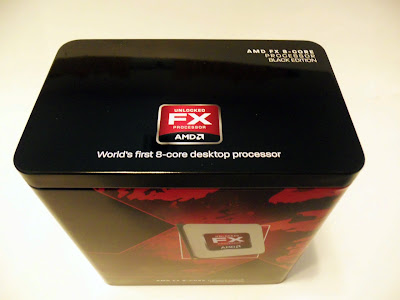NZXT has just announced the Cryo E40 adaptable notebook cooler with movable fans, on its official website. The cooler is made for use with laptops up to 15" in size and comes with two detachable fans.
Cryo E40 employs a unique approach, similar to what Coolermaster has introduced with their NotePal U Series. It can cool a high performance notebook using two 80 millimeter moveable fans that adapt to any laptop configuration.
The most important thing in laptop cooling is to have a fresh cool air flow underneath the device. This way, the intake of cooling fans has fresh air to suck inside and run through the fins of the cooling system.
If you can ad a powerful current of air blowing exactly into the air intake, you’ll get a much improved cooling result. The thing with most laptop coolers is that they come with predesigned fans and the position of the notebook cooler fan is not always under the air intake of the laptop’s own cooling system.
Cryo E40 solves this problem by including two 80 mm moveable fans with low-powered magnetic clasps designed to be safe around any piece of technology as magnets are not usually a good thing around electronic devices.
"Not all notebooks have the same configuration of heat-generating components, our Cryo E40 provides the ultimate universal high performance cooling capabilities in that you can specifically customize the direction of airflow based on where your computer emits the most heat. It's an incredibly innovative feature that we feel the mobile enthusiast community will truly embrace," said Johnny Hou, Founder of NZXT.



 4/25/2012 10:22:00 PM
4/25/2012 10:22:00 PM
 dannzfay
dannzfay






















































